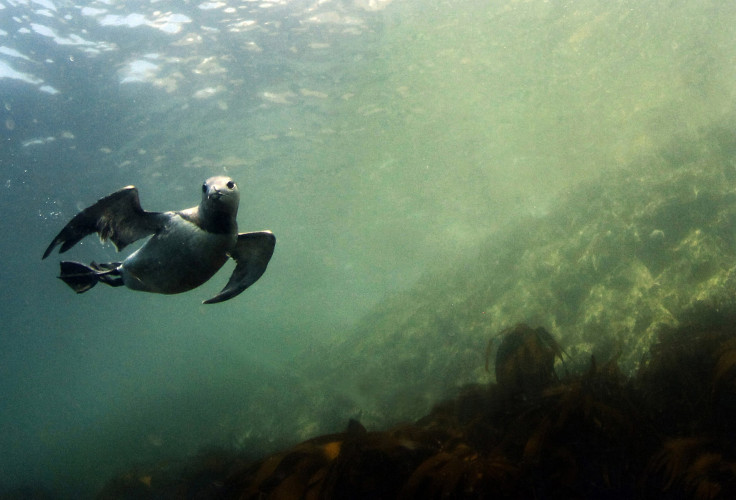Study reveals 90% of seabirds have plastic waste in stomach; may increase to 99% in 2050

Worldwide, about 90 percent of seabirds alive today have eaten plastic and are likely to retain the debris in their stomach, a new study estimates. Experts caution the number of affected individual seabirds would possibly grow to 99 percent by 2050 without immediate actions.
In a first worldwide analysis recently published in the Proceedings of the National Academy of Sciences, Australian and UK scientists reviewed decades of peer-reviewed literature to understand the evolution of seabirds' exposure to plastic debris, and analyse the threat posed by plastic pollution to the species worldwide. They found nearly 60 percent of all seabird species studied, including albatrosses, shearwaters and penguins, have consumed plastic debris.
The study was part of a national marine debris project supported by Australia’s Commonwealth Scientific and Industrial Research Organisation, or CSIRO, and Shell’s social investment programme, together with the marine debris working group at National Centre for Ecological Analysis and Synthesis, or NCEAS.
The researchers found in studies published since 1960s that fewer than 5 percent of birds have consumed plastic in their stomachs. By 2010, the plastic-fragment bearing birds have increased to 80 percent, and the figure has risen to roughly 90 percent in 2015
Based on current trends, scientists predict that plastic ingestion will be 99 percent of the seabird species around the world by 2050.
“We’ve known for some time that the magnitude of plastic pollution is daunting,” said NCEAS director Frank Davis. The study shows significance in revealing the pervasive impact of plastic on seabirds, he added.
The oceans are now filled with plastic, and it is "virtually certain" that any seabird could be found in 2050 with a bit of plastic in its stomach, according to researcher Erik Van Sebille. Another study, published earlier in 2015 from the same team, has found that more than 4.8 million metric tonnes of plastic waste enters the oceans from land each year.
“This is a huge amount and really points to the ubiquity of plastic pollution,” says lead author Chris Wilcox, a senior research scientist CSIRO Oceans and Atmosphere Flagship. As more plastic waste enters the oceans, the hazards to wildlife increase.
The abundance of plastic washed out into the ocean are commonly from bags, bottle caps, plastic fibres from synthetic clothes from urban rivers, sewers and waste deposits. Researchers say the birds thought the brightly coloured items were food and swallow it by accident, causing gut impaction, weight loss and sometimes death.
They have also found that the regions in the middle of the sea with the highest densities of plastic, called "garbage patches," were the areas where fewer birds stay and were less affected with plastic fragments. Rather, most of the affected seabirds were found in zones where most of the species reside, and with lesser plastic debris.
The areas where plastics have the greatest impact on wildlife include the Southern Ocean, near Australia, South Africa and South America. These areas are where widely diverse species were found.
"Every ocean is now filled with plastic. Some have more than others, but what we found is that even the oceans that are not known for their plastic - they still have quite a bit of plastic and they can be where the harm is really done just because that's where all the birds live," Van Sebille stated.
However, the researchers suggest that the problem really is solvable. The simple way to stop the stream of plastic waste getting into the oceans could help the seabirds to recover quite quickly.
"And this makes this problem different from something like climate change. It ought to be relatively easy to fix," Wilcox said. Improving basic waste management can reduce the threat that plastic is posing to marine wildlife.
Contact the writer at feedback@ibtimes.com.au or tell us what you think below





















